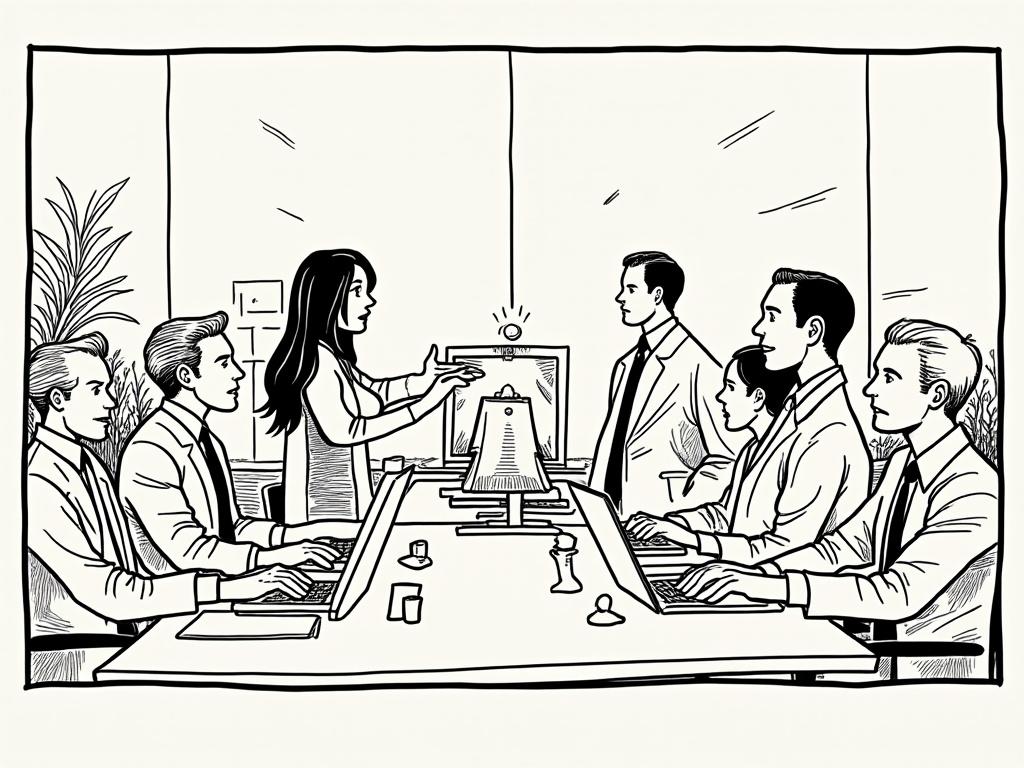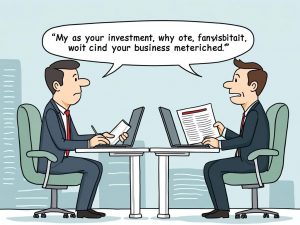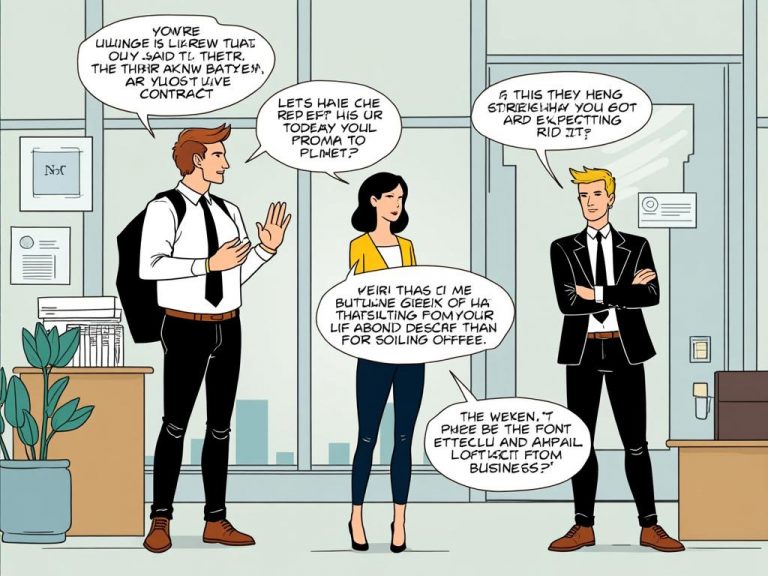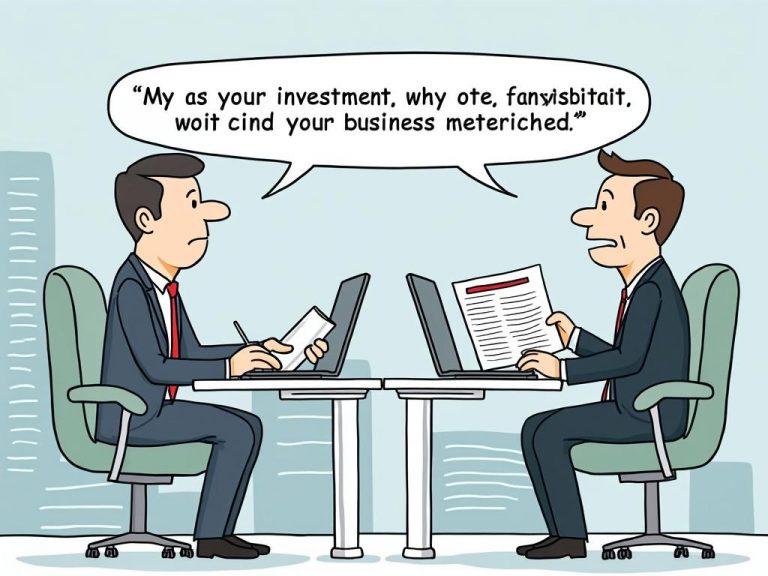
The Rise of Retail Investing: How Apps Like Robinhood Changed the Game
Reading time: 12 minutes
Ever wondered how millions of everyday people suddenly became stock market traders from their smartphones? You’re witnessing the most dramatic democratization of investing in financial history. Let’s explore how commission-free trading apps transformed Wall Street from an exclusive club into everyone’s playground.
Table of Contents
- The Evolution from Traditional to Digital
- The Robinhood Revolution: Breaking Down Barriers
- Meme Stocks and Market Disruption
- Benefits and Hidden Risks
- Long-term Market Impact
- Your Investment Roadmap Forward
- Frequently Asked Questions
The Evolution from Traditional to Digital
Picture this: It’s 1995, and you want to buy 100 shares of Apple stock. You’d call your broker, pay a $30-50 commission, and hope they executed your trade at a decent price. Fast-forward to today—you can buy fractional shares of Apple with zero commission in seconds from your phone.
This transformation didn’t happen overnight. Traditional brokerage fees averaged $45 per trade in the 1990s, effectively pricing out small investors. The barrier to entry was enormous: even a modest $1,000 investment could lose 9% immediately to round-trip trading costs.
The Perfect Storm of Change
Several technological and regulatory factors converged to create the retail investing boom:
- Smartphone adoption: 85% of Americans now own smartphones, creating unprecedented access
- Zero commission models: Apps eliminated the biggest barrier to entry
- Fractional shares: Investors can now buy $1 worth of Amazon instead of needing $3,000+ for a full share
- Social media integration: Investment decisions increasingly influenced by online communities
Well, here’s the straight talk: This wasn’t just about technology—it was about fundamentally reimagining who gets to participate in wealth building through the stock market.
Comparing Old vs. New Investing Models
| Aspect | Traditional Brokers (Pre-2010) | Modern Apps (Post-2013) |
|---|---|---|
| Commission Fees | $25-50 per trade | $0 commission |
| Minimum Investment | $500-2,500 | $1 (fractional shares) |
| Account Opening Time | 1-2 weeks | Minutes |
| Research Tools | Professional-grade, complex | Simplified, gamified |
| Target Audience | Wealthy, experienced investors | Everyone, especially millennials |
The Robinhood Revolution: Breaking Down Barriers
Launched in 2013, Robinhood didn’t just enter the brokerage market—it completely redefined it. The app’s genius wasn’t in complex features but in radical simplification. Co-founders Vladimir Tenev and Baiju Bhatt eliminated commissions by pioneering payment for order flow, where market makers pay brokers for directing trades to them.
The Psychology of Accessible Investing
Robinhood’s interface borrowed heavily from social media and gaming apps. Users could see green and red percentage changes, get push notifications about their holdings, and even see confetti animations when making trades. Critics called it “gamification,” but supporters argued it made investing less intimidating.
“We wanted to make investing feel approachable rather than scary,” explained Tenev in a 2020 interview. The strategy worked: Robinhood gained over 13 million users by 2020, with a median age of 31—significantly younger than traditional brokers’ clientele.
Copycat Effect Across the Industry
Robinhood’s success forced established players to adapt or risk obsolescence. Charles Schwab eliminated commissions in 2019, followed quickly by TD Ameritrade, E*TRADE, and Fidelity. What had been Robinhood’s competitive advantage became the industry standard almost overnight.
Quick Scenario: Imagine you’re a college student with $100 to invest. Pre-Robinhood, a single trade would cost half your investment in fees. Post-Robinhood, you can buy fractional shares of multiple companies and keep 100% of your money working.
Meme Stocks and Market Disruption
The retail investing revolution reached its crescendo during the 2021 meme stock phenomenon. Reddit’s WallStreetBets community, armed with commission-free trading apps, orchestrated unprecedented coordinated buying that sent GameStop’s stock from $20 to over $400 in weeks.
GameStop: David vs. Goliath
The GameStop saga exemplified retail investors’ newfound power. Hedge fund Melvin Capital had shorted GameStop heavily, betting its stock price would fall. Instead, retail investors on Reddit recognized the excessive short interest and began buying aggressively, creating a short squeeze that cost institutional investors billions.
Key statistics from the GameStop squeeze:
- Stock price increased 1,625% in January 2021
- Trading volume exceeded 197 million shares in a single day
- Melvin Capital lost 53% of its value
- Robinhood temporarily restricted trading, sparking Congressional hearings
Retail Investor Influence Visualization
Retail Trading as % of Total Market Volume
10%
15%
20%
25%
23%
Benefits and Hidden Risks
The democratization of investing brought significant benefits but also introduced new risks that many novice investors didn’t fully understand.
The Bright Side: Genuine Financial Empowerment
Accessibility: Apps eliminated traditional barriers, allowing people with limited capital to start building wealth through investing. A barista earning $25,000 annually can now invest $25 monthly in diversified ETFs—something impossible under the old fee structure.
Financial Education: Many apps include educational content, helping users learn about compound interest, diversification, and risk management. Robinhood’s “Learn” section has introduced millions to basic investment principles.
Market Competition: Retail pressure forced companies to be more transparent and responsive to shareholders. The meme stock phenomenon showed that retail investors could influence corporate behavior and executive compensation.
The Dark Side: Hidden Costs and Behavioral Traps
However, the “free” model isn’t actually free. Payment for order flow means brokers sell customer trade information to high-frequency trading firms, potentially costing investors through worse execution prices. Studies suggest this hidden cost ranges from $1-5 per trade—less than old commissions but not zero.
“The gamification of investing has created a generation of traders who think they’re investors,” warns behavioral finance expert Dr. Brad Barber. Research shows that frequent traders underperform buy-and-hold strategies by 3-7% annually due to poor timing and overconfidence.
Common Pitfalls and How to Avoid Them
1. Overtrading: The ease of trading encourages frequent buying and selling, which typically reduces returns through taxes and poor timing.
Solution: Set a monthly investment schedule and stick to it, regardless of market movements.
2. Concentration Risk: New investors often put too much money into single stocks or trending sectors.
Solution: Use the app’s fractional share feature to diversify across 10-15 different stocks or ETFs.
3. Emotional Decision-Making: Social media and app notifications can trigger impulsive trades based on fear or greed.
Solution: Turn off push notifications and limit checking your portfolio to once weekly.
Long-term Market Impact
The retail investing boom has permanently altered financial markets in ways we’re still discovering. Retail investor influence on stock prices has increased dramatically, sometimes overwhelming traditional fundamental analysis.
Structural Changes to Market Dynamics
Professional investors now monitor Reddit forums and social media sentiment as seriously as earnings reports. Hedge funds hire data scientists to track retail trading patterns, and some have even started their own “meme stock” strategies.
The options market has seen explosive growth, with retail investors driving much of the activity. Daily options volume increased 300% between 2019 and 2021, often amplifying stock price movements through gamma squeezes.
Regulatory Response and Future Outlook
Regulators are still catching up to these changes. The SEC has proposed rules around payment for order flow disclosure and is considering whether current market structure adequately protects retail investors. However, the genie is unlikely to return to the bottle—retail investing is here to stay.
Pro Tip: The right approach isn’t about avoiding these platforms—it’s about using them strategically. Focus on long-term wealth building rather than short-term trading, and remember that convenience shouldn’t replace careful research and risk management.
Your Investment Roadmap Forward
Ready to harness the power of retail investing while avoiding common pitfalls? Here’s your strategic action plan:
Immediate Steps (Next 30 Days):
- Choose your platform wisely: Compare Robinhood, Schwab, Fidelity, and others based on your specific needs, not just commission costs
- Start small and systematic: Begin with $25-100 monthly investments in broad-market ETFs like VTI or VOO
- Set up automatic investing: Remove emotion from the equation by automating regular purchases
Building Your Strategy (Months 2-6):
- Diversify gradually: Add international exposure (VTIAX) and bonds (BND) as your portfolio grows
- Learn continuously: Spend 30 minutes weekly reading about investing fundamentals, not daily market news
- Track performance properly: Focus on your total return over 1+ year periods, not daily fluctuations
Long-term Excellence (Year 1+):
- Increase contributions: Raise your monthly investment by $25 every six months as your income grows
- Tax optimization: Maximize IRA and 401(k) contributions before taxable investing
- Rebalance annually: Maintain your target allocation through systematic rebalancing
The retail investing revolution has given you unprecedented access to wealth-building tools once reserved for the elite. The question isn’t whether you should participate—it’s whether you’ll use these tools to build lasting wealth or fall into the trap of short-term speculation.
Your success will depend not on picking the next GameStop, but on consistently investing in diversified assets over decades. Will you join the millions building wealth through patient, strategic investing, or will you become another cautionary tale of gamified trading gone wrong?
Frequently Asked Questions
Is commission-free trading really free?
Not entirely. While you won’t pay explicit commissions, brokers make money through payment for order flow, where they sell your trade information to market makers. This can cost you $1-5 per trade in slightly worse execution prices. However, this is still much cheaper than traditional $25-50 commissions, making it a net positive for most investors.
Should I use Robinhood or a traditional broker?
It depends on your needs. Robinhood excels at simplicity and fractional shares, making it great for beginners with small amounts to invest. Traditional brokers like Schwab or Fidelity offer more research tools, better customer service, and additional account types (IRAs, 401(k)s). Consider starting with Robinhood for taxable investing while using a traditional broker for retirement accounts.
How much should I invest as a beginner?
Start with what you can afford to lose—typically $25-100 per month. The key is consistency, not the initial amount. A 25-year-old investing $100 monthly with 7% annual returns will have over $650,000 by retirement. Focus on building the habit first, then increase your contributions as your income grows and you become more comfortable with investing.

Article reviewed by August Schmidt, Alternative Investments Expert | Diversifying Portfolios with Unique Assets, on July 3, 2025








